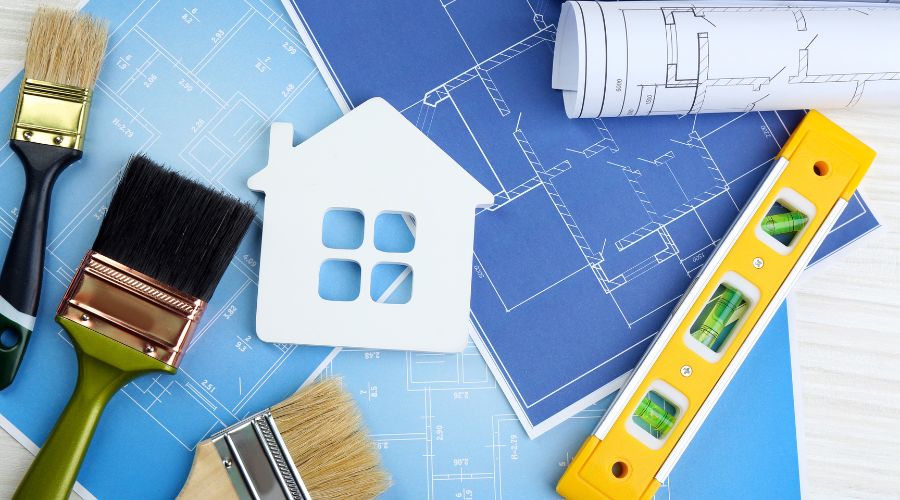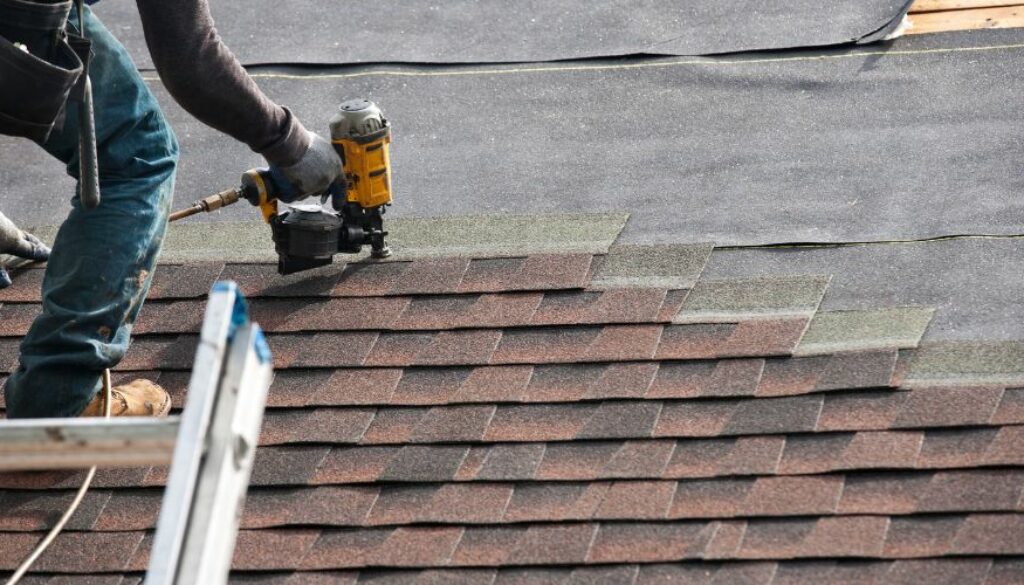How Long Should a House Last?
How Long Should a House Last? A well-constructed home should last a homeowner their lifetime and maybe even the lifetime of their children as well as their children’s children. Some of the systems and finishing elements within a house will have a shorter lifespan, however. So, what should you expect for the average lifespan of certain items within your home?
A brand new home purchase will of course put off the need to make repairs or replace aging items a little bit longer. But if you are purchasing a resale home, what can you expect in terms of needing to replace things after you close on your purchase?
Here is the lifespan of items around your home – How Long Should a House Last?
The Overall Structure
Most of the materials used to build the main structure of a home will most likely outlast the current owner if they purchase the home brand-new. Findings from the International Association of Certified Home Inspectors show that the longest materials within a home include natural stone, tile, hardwood floors, brickwork, copper-plated wiring, fiberglass, steel, and wood exterior doors.
In general, finish items are expected to hold up more than 100 years when taken care of properly. Other durable items within the home’s structure include a concrete foundation, high-grade insulation, custom millwork, and high-quality exterior siding.
HVAC systems
A central air conditioning system is expected to last 7 to 15 years. A gas fireplace or gas furnace is expected to last between 15 and 25 years. Electric radiant heaters and boilers have an expected lifespan of 40 years. Ductwork is expected to last between 60 and 100 years. A concrete chimney cap is expected to last over 100 years.
Plumbing systems
An old steel kitchen sink is expected to last 5 to 10 years. A water heater is expected to last 6 to 12 years for the standard conventional tank heater. A bathtub shower combo that is made of fiberglass is expected to last 20 years. An acrylic kitchen sink is expected to last 50 years. Cast iron waste pipes are expected to last between 50 and 60 years. Waste pipes made of ABS or PVC are expected to last between 50 and 80 years. Cast iron bathtubs or toilets are expected to last 100 years. And waste pipes made of concrete are expected to last over 100 years.
Appliances and other common fixtures
A window air conditioner is expected to last between five and seven years. A washing machine is expected to last between five and 15 years depending upon the type and model. A dishwasher and microwave have a life expectancy of nine years. Refrigerators have a life expectancy between nine and 13 years. A clothing dryer is expected to last 13 years. A standalone freezer is expected to last between 10 and 20 years. If you have a central vacuum system it is expected to last 20 years.
Exterior Features
Exteriors on your home have longer life expectancies and because of this can be more expensive should they need replacement. Items like your roofing are expected to last anywhere between 20 and 40 years depending upon the material your roofing tiles are made of. Final siding is expected to last 60 years. And windows are expected to last anywhere between 20 and 40 years.
It is impossible to pinpoint the exact time when any one item in your home is going to need replacement but these general lifespans can help to give you an idea of what may need to be replaced when you are purchasing a home. It is a significant cost to consider and you want to make sure that you were doing your homework as to when these different systems may need to be replaced after purchase.
For more information on purchasing a home in Snohomish County please contact us anytime. How Long Should a House Last? Is a post written by Ellen Bruya for SnohomishLand.com
More Advice for Homeowners
- 10 Ways Homeowners ‘Trick’ Buyers in the Inspection
- What to know about the first year of homeownership
- The Importance of a Home Warranty
- Choosing What Spring Cleaning Tasks to Tackle
- 8 Creative Ways to Meet the New Neighbors
- Tips for Handling Humidity and Moisture in a Home




